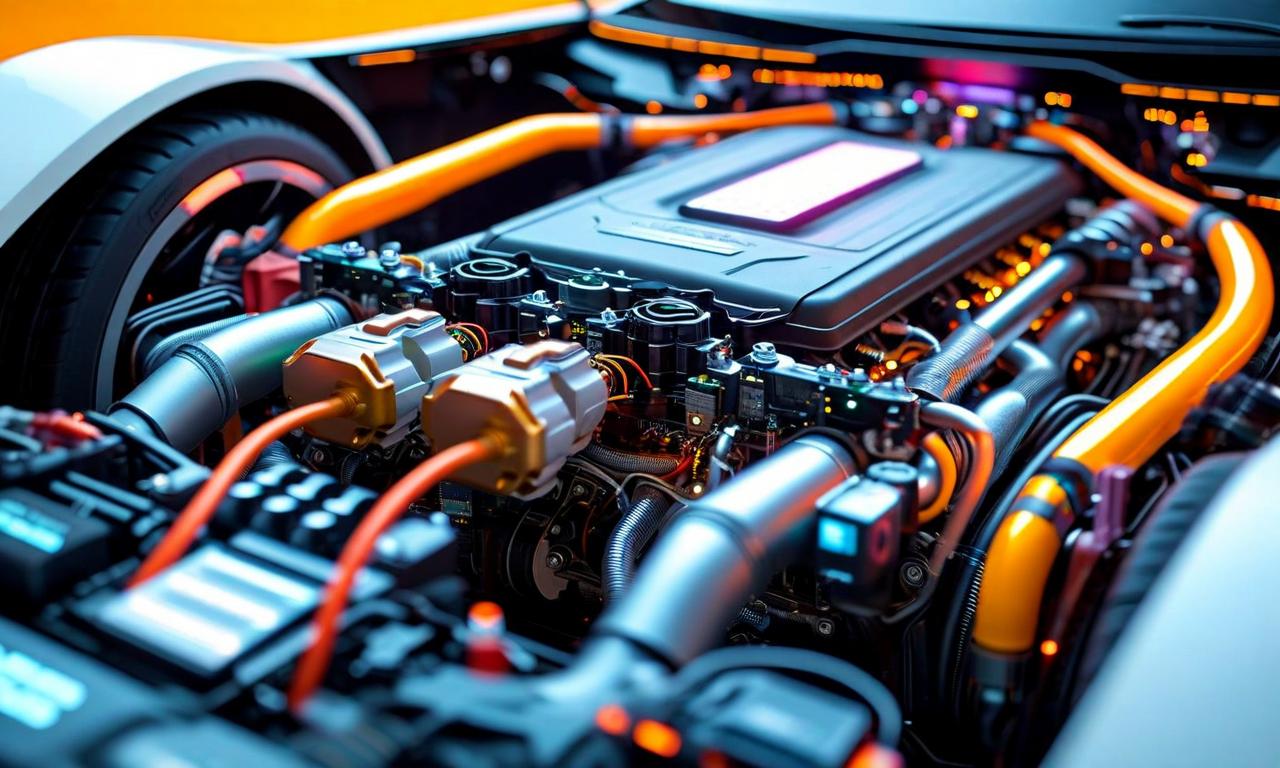Auto Ancillary Stocks Show Potential Amid EV Transition and GST Reforms
The auto ancillary sector is displaying growth potential, influenced by GST rate rationalization and the transition to electric vehicles. Analysts have identified six auto ancillary stocks with up to 33% upside potential. Companies adapting to the EV ecosystem are reporting changes in financial performance. The sector's landscape is evolving, creating a distinction between firms that have pivoted to new technology and those that haven't.

*this image is generated using AI for illustrative purposes only.
The auto ancillary sector is showing signs of potential growth, influenced by developments in the automotive industry and the ongoing transition to electric vehicles (EVs). Recent market trends suggest that auto ancillary stocks may be positioned to benefit from these changes, with some analysts identifying possible upside potential.
GST Rate Rationalization and Auto Sector Performance
The auto sector has experienced a performance change following the rationalization of Goods and Services Tax (GST) rates. This development may have an effect on auto ancillary stocks, as changes in vehicle demand often correlate with demand for auto components.
EV Transition and Industry Adaptation
As automotive companies launch new electric vehicle products, the landscape for auto ancillary firms is evolving. Companies that have adapted their offerings to align with the EV ecosystem are reporting changes in their financial performance. This adaptation appears to be important for companies in the changing automotive industry.
Emerging Trends in the EV Era
The transition to electric vehicles is creating a distinction between auto ancillary firms that have pivoted to the new technology and those that haven't. Analysts have identified six auto ancillary stocks that they believe show promise in this new environment.
| Key Points | Details |
|---|---|
| Potential Upside | Up to 33% for selected stocks |
| Number of Stocks Identified | 6 |
| Influencing Factors | GST rate rationalization, EV transition |
| Observed Indicators | Adaptation to EV ecosystem, Changes in financial performance |
Investment Considerations
For those considering investments in this sector, it may be important to focus on auto ancillary companies that have demonstrated:
- Adaptation to the EV ecosystem
- Changes in financial performance in recent periods
- Positioning in relation to GST rate rationalization
While the sector shows potential, careful stock selection based on these criteria could be considered.
Conclusion
The auto ancillary sector is experiencing changes, with GST reforms and the EV transition presenting both challenges and opportunities. As the industry landscape evolves, companies navigating these changes may emerge in stronger positions, potentially offering investment opportunities for those who carefully assess the risks and potential rewards in this dynamic sector.































